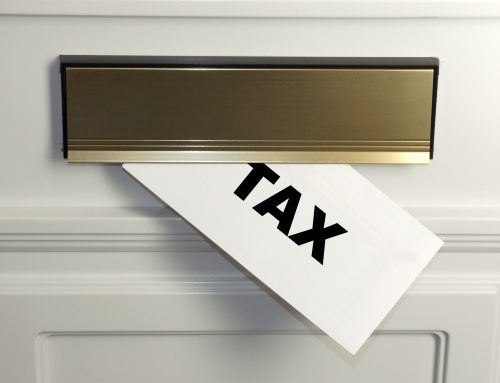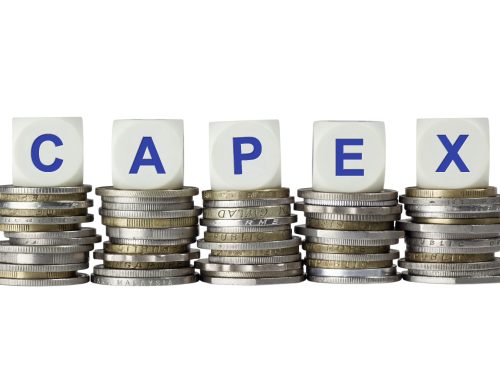When a customer purchases an item or service from a business an invoice confirming the amount to pay should be raised either at the time of ordering or after delivery. If the seller is VAT registered a specific type of invoice is required to charge VAT on sales or reclaim the VAT charged for goods and services.
There are three types of VAT invoice recognised by HMRC:
- full VAT invoices — used for most transactions;
- simplified invoices for supplies under £250; and
- receipts
In most cases full VAT invoices are required but a modified invoice or a simplified invoice is used for some retail transactions.
Full VAT invoice
A full VAT invoice needs to show:
- the trader’s name and address
- the VAT registration number
- the customer’s name and address
- a sequential number that uniquely identifies the document. Separate invoice sequences can be used per customer so long as each sequence is separate and unique. Customer prefixes can be used but no two customers can have the same prefix.
- the date of issue
- the time of supply of the goods or services (this may be the same as the date of issue)
- a description of the goods or services supplied, including the quantity of each type of item
- the total amount, excluding VAT
- the total amount of VAT
- the price per item, excluding VAT
- the rate of VAT charged per item (if an item is exempt from VAT or is zero-rated, this should be clearly stated)
- the rate of discount per item
- where a margin scheme is applied the reference ‘margin scheme’ must be shown
- where the invoice relates to a supply where the person supplied is liable to pay the tax the words ‘reverse charge’ must be shown.
Modified invoice
Such invoices are used for retail supplies that total over £250. The same information as for a full VAT invoice needs to be shown plus the product prices and total amounts inclusive of VAT.
Simplified invoice
Such invoices are used for retail supplies with a total value under £250. As the name suggests – it is a ‘simplified’ version of a full VAT invoice. The difference is in the declaration of VAT where only the VAT rate is charged per item (if an item is exempt from VAT or is zero-rated, then this is stated) and the total amount including VAT is shown. The parties must be agreeable to this type of invoice being issued.
Self-billing
Self-billing is an arrangement between a supplier and a customer where the customer prepares the supplier’s invoice and forwards a copy to the supplier with the payment. Both customer and supplier must be VAT registered.
Proforma invoices
Such documents are not official invoices and therefore do not fall under the VAT regulations. Therefore VAT details are not required to be shown but usually such information is declared.
Transactions in foreign currencies
For invoices showing transactions in foreign currencies, the total VAT payable in sterling must be shown (if the supply takes place within the UK). The calculation uses the UK market selling rate at the time of supply or HMRC’s period rates of exchange schedules or another method of calculation as agreed with HMRC. An English translation of any invoice written in a foreign language must be retained and available to produce within 30 days if asked to do so.
Copies of all VAT invoices issued must be retained even issued in error and/or subsequently cancelled. In addition, all VAT records must be digitally for at least six years.






